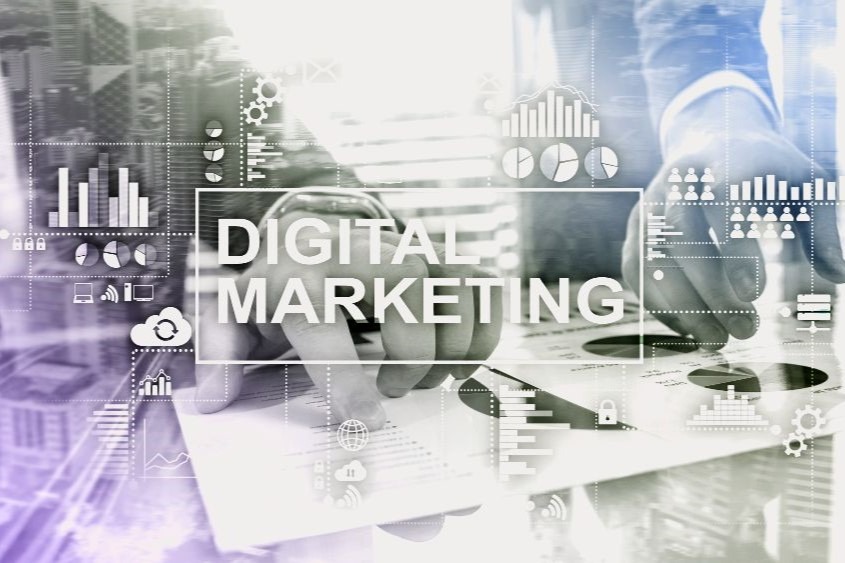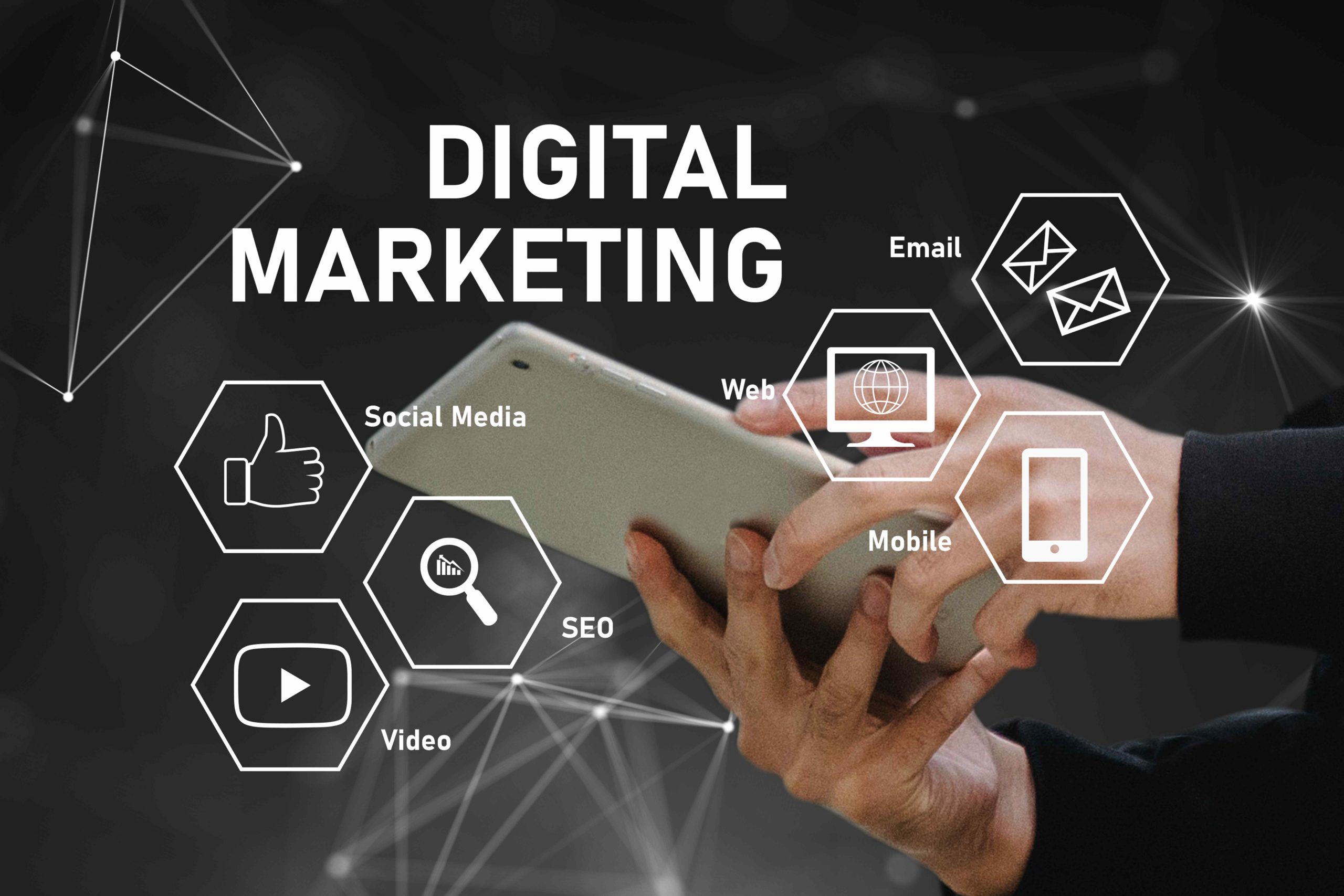
In digital marketing, success isn’t just about running campaigns—it’s about measuring what works. Key Performance Indicators (KPIs) are essential metrics that help marketers understand the effectiveness of their strategies, optimize future efforts, and demonstrate ROI. Whether you’re managing paid ads, content, SEO, or email campaigns, tracking the right KPIs ensures that your marketing efforts are aligned with your business goals.
What Are Digital Marketing KPIs?
Digital marketing KPIs are quantifiable metrics used to evaluate the performance of marketing efforts across various channels. These indicators help businesses understand how well their strategies are working and where improvements are needed.
Whether you’re tracking conversions from a Google Ads campaign or monitoring engagement on social media, KPIs keep your marketing accountable and aligned with business objectives. Partnering with a B2B marketing agency like Ready Artwork can help businesses identify the most impactful KPIs for their goals and fine-tune performance across multiple platforms.
Top Digital Marketing KPIs to Track
1. Website Traffic
Website traffic is the foundation of digital performance. Monitoring the number of visitors, pageviews, and sessions can help you gauge interest in your brand and understand how users are finding you.
- Why it matters: High traffic can indicate strong awareness and interest. However, quality traffic (people who stay and engage) matters more than volume.
2. Conversion Rate (CVR)
This KPI measures the percentage of visitors who complete a desired action—like filling out a form, subscribing to a newsletter, or making a purchase.
- Why it matters: Conversion rate tells you how effectively your site and campaigns turn visitors into leads or customers.
3. Cost Per Acquisition (CPA)
CPA is how much you spend on marketing to gain a single customer.
- Why it matters: It directly reflects the efficiency of your marketing spend. Lower CPA means better return on investment.
4. Click-Through Rate (CTR)
CTR measures how many people clicked on your ad, email link, or search result compared to how many saw it.
- Why it matters: A high CTR often signals that your messaging and targeting are effective.
5. Customer Lifetime Value (CLV)
CLV estimates the total revenue a business can expect from a single customer over the course of their relationship.
- Why it matters: It helps in forecasting revenue and optimizing budget allocation for customer retention strategies.
6. Return on Ad Spend (ROAS)
ROAS measures how much revenue is generated for every dollar spent on advertising.
- Why it matters: It helps assess whether your paid campaigns are profitable.
7. Bounce Rate
Bounce rate is the percentage of visitors who leave your website after viewing only one page.
- Why it matters: A high bounce rate may signal issues with content relevance, page load speed, or user experience.
8. Engagement Metrics
These include likes, shares, comments, and time spent on page—especially relevant for content marketing and social media.
- Why it matters: High engagement typically means your content resonates with your target audience.
9. Email Open & Click Rates
Tracking how many users open your emails and click through links helps you refine subject lines, timing, and message content.
- Why it matters: Email remains a high-ROI channel when executed well, and these metrics tell you what’s working.
10. Organic Search Rankings
Monitoring your site’s position in search engine results for target keywords.
- Why it matters: Higher rankings drive more traffic and reduce the need for paid ads.
Choosing the Right KPIs for Your Campaign
Not all KPIs are created equal. The most relevant metrics depend on your goals:
- Lead generation campaigns might focus on CPA, CVR, and lead quality.
- Brand awareness campaigns may prioritize impressions, reach, and engagement.
- E-commerce brands typically track ROAS, CLV, and average order value.
As digital marketing experts, Ready Artwork helps businesses select KPIs that align with their unique objectives—whether it’s boosting online sales, increasing web traffic, or improving customer retention.
How to Use KPIs to Optimize Your Marketing
Once you’ve identified your KPIs, the next step is turning data into action. This involves:
- Monitoring performance in real time using platforms like Google Analytics, Meta Ads Manager, and CRM dashboards.
- A/B testing ad creatives, landing pages, and email subject lines.
- Adjusting targeting and budget based on what’s driving the most conversions or engagement.
Tracking KPIs consistently allows you to make smarter decisions, reduce wasteful spend, and improve your marketing ROI over time.
Conclusion
KPIs are the compass of your digital marketing strategy. Without them, you’re flying blind. From conversion rates to customer lifetime value, tracking the right metrics helps businesses understand what’s working and where to improve. Whether you’re running complex ad campaigns or refining your content strategy, KPIs provide the insights needed to drive results.






















